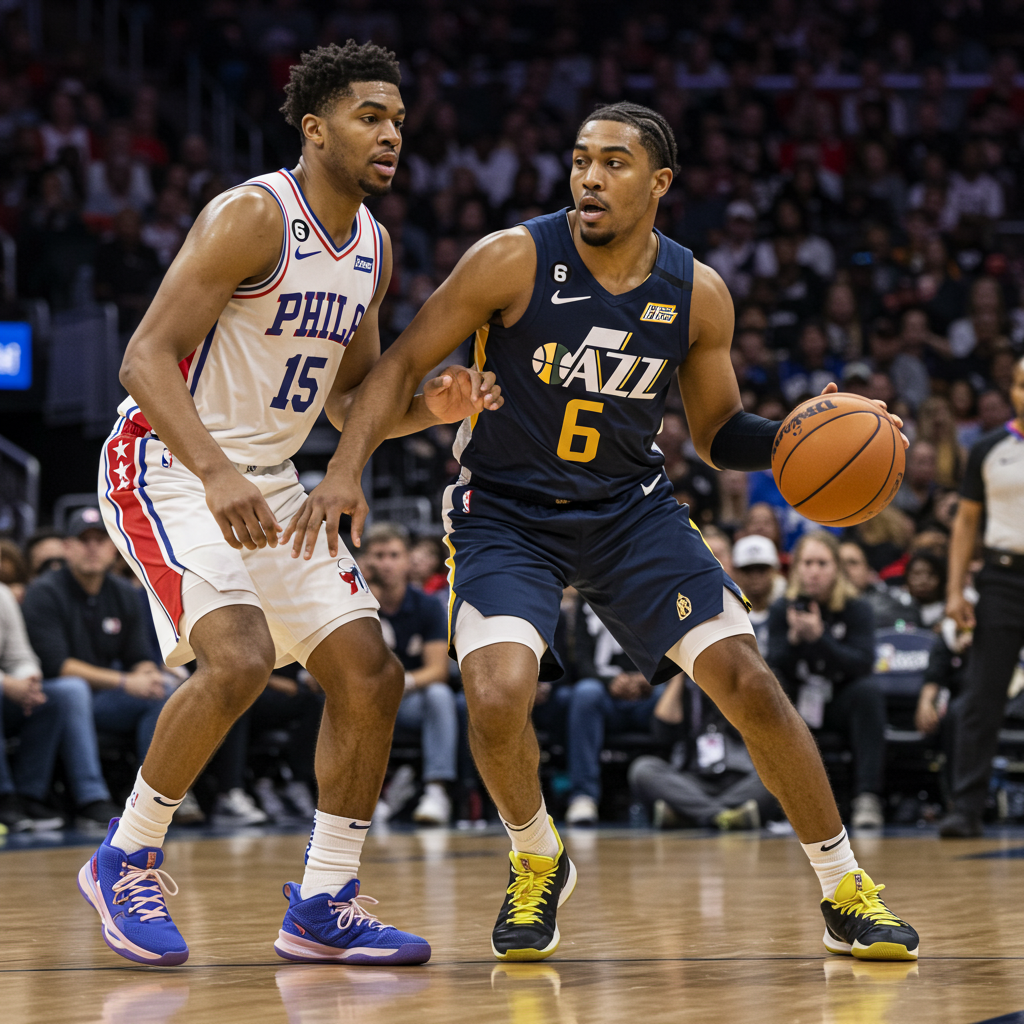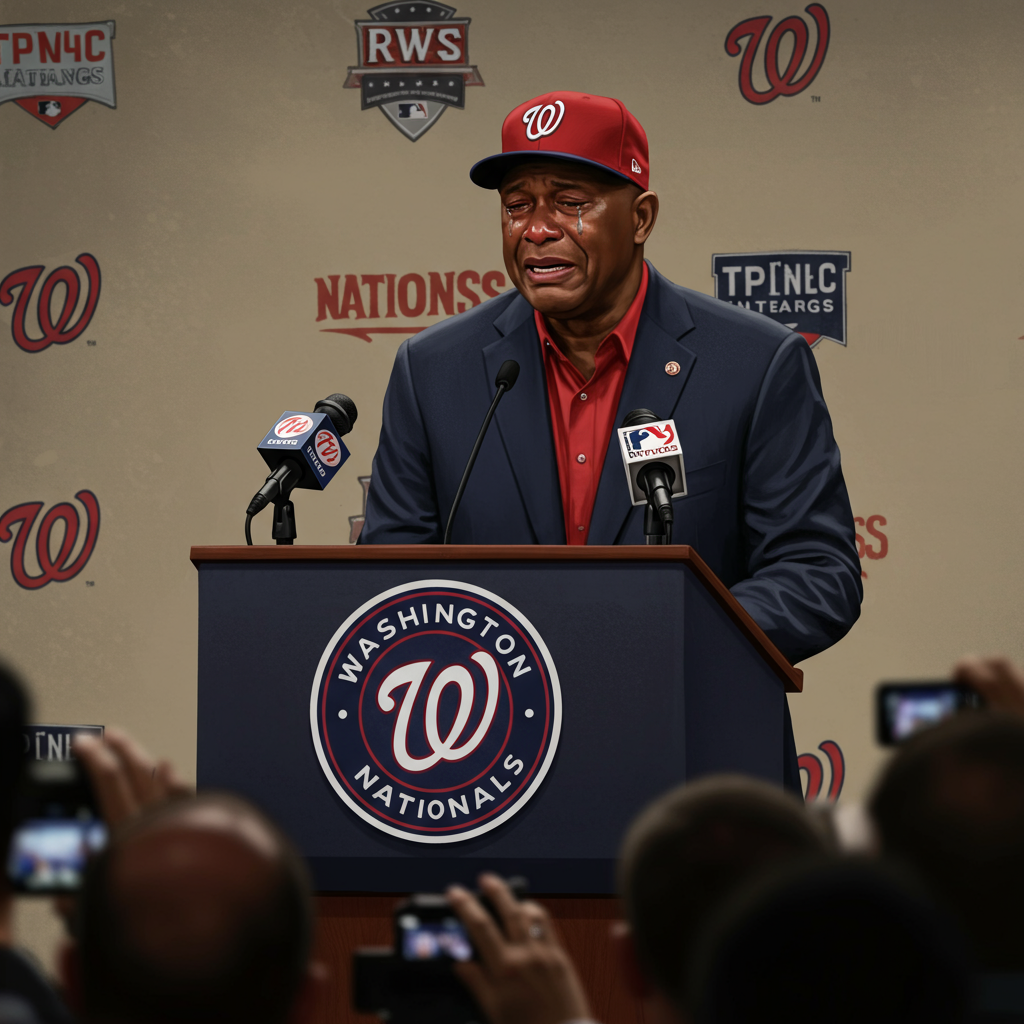A memorable moment unfolded at the 1979 All-Star Game. It played for years over highlight reels. Picture the Seattle Kingdome, the ninth inning. Pittsburgh Pirates star Dave parker, wearing the distinctive all-gold uniform, scoops a one-bounce single. He fired a laser throw towards home plate. Catcher Gary Carter received the ball on the fly. He tagged out runner Brian Downing just inches from scoring. This play preserved a 6-6 tie.
It was the second runner Parker had thrown out that day. This defensive prowess earned him the game’s Most Valuable Player award. At this point in his career, Dave Parker was widely considered baseball’s premier all-around player. His unique blend of power, speed, defense, and a rocket arm made him a true five-tool threat. His impending induction into the National Baseball Hall of Fame and Museum in Cooperstown solidifies his place among the game’s greats, ensuring his legacy endures.
The Early Journey of “The Cobra”
David Gene Parker was born on June 9, 1951. His birthplace was Granada, Mississippi. He grew up in Cincinnati, Ohio. As a young boy, he spent hours watching Reds legends. Frank Robinson and Vada Pinson were his heroes at Crosley Field. Parker excelled as a high school athlete. He was particularly strong in football. A knee injury during his senior year sidelined him. This prevented him from playing baseball that season. With limited baseball track record, the athletic prospect didn’t get picked early. Standing 6-foot-5 and weighing 225 pounds, he had impressive physical tools. The Pittsburgh Pirates selected him in the 14th round of the MLB Draft. This was a significant moment for the young player.
Parker’s knee healed. He quickly rose through the minor leagues. He made his Pittsburgh debut in July 1973. This was just six months after a tragic event. Legendary Pirates right fielder Roberto Clemente died in a plane crash. Many saw Parker as the player destined to succeed Clemente. He possessed similar on-field talents. His powerful arm and strong hitting immediately drew comparisons.
Rising to Stardom in Pittsburgh
By 1975, Dave Parker was a regular outfielder for the Pirates. He quickly established himself as a premier slugger. That year, he led the National League in slugging percentage. Two seasons later, in 1977, he topped all NL batters. He finished with an impressive .338 average. His defensive skills were also on display. He recorded 26 assists from the outfield. This was the most by any outfielder since Roberto Clemente in 1961. Parker was showing he could do it all.
The pinnacle of his early career came in 1978. Parker won the National League Most Valuable Player Award. He led the league in batting average (.334). His OPS (.979) and total bases (340) also topped the NL. During this dominant season, he faced adversity. A collision with Mets catcher John Stearns at home plate resulted in a broken cheekbone. Demonstrating incredible toughness, he returned just two weeks later. He wore a hockey goalie mask initially. He later switched to a football facemask. This moment highlighted his determination and grit.
Parker’s performance earned him significant recognition. He signed a groundbreaking contract. It was reportedly worth $1 million per year. He followed his MVP season with more heroics in 1979. His famous All-Star Game performance was just the start. He helped lead the Pirates to the postseason. He hit .333 against the Reds in the NLCS. He then hit .345 in the World Series against the Orioles. Parker was a driving force behind Pittsburgh’s “We Are Family” team winning the championship.
The Cincinnati Comeback and Later Years
Dave Parker earned another All-Star selection in 1980. However, his career faced challenges thereafter. Injuries began to mount. He also struggled with weight gain and recreational substance abuse. His relationship with Pirates fans soured. He was often booed at Three Rivers Stadium. On one occasion, a fan even threw a battery at him. When his contract ended after the 1983 season, he decided to return home. He signed with the Cincinnati Reds.
This move proved to be a rebirth for Parker. He played like his vintage self for four seasons. The 1985 season was particularly outstanding. He led the National League in doubles (42). He also topped the league in RBI (125). His 340 total bases again led the NL. Parker finished second in the MVP balloting that year. He averaged 26 home runs and 108 RBI per season with the Reds. This demonstrated his powerful bat was back.
The Reds traded Parker to the Oakland Athletics. He joined a dominant A’s team. He helped them win two American League pennants. In 1989, he was part of their World Series-winning club. Parker transitioned effectively to designated hitter in the AL. He was named the league’s Outstanding Designated Hitter in 1989. He repeated the honor in 1990 while playing for the Milwaukee Brewers. He concluded his impressive 19-season career with short stints. He played for the California Angels and Toronto Blue Jays in 1991.
A Hall of Fame Career Cemented
Over his lengthy career, Dave Parker accumulated impressive statistics and accolades. He earned seven All-Star Game selections. He won three Gold Glove Awards for his defensive excellence. He also added three Silver Slugger Awards for his hitting. His career numbers include a .290 batting average, 339 home runs, and 1,493 RBI. These statistics underscore his consistent production and impact.
Parker’s path to the Baseball Hall of Fame was longer than some expected. Despite his clear dominance in the late 1970s and strong second act with the Reds, he waited many years for election. His election was finally announced on December 8, 2024. This brought immense joy to his fans and family. Sadly, Parker passed away on June 28, 2025. He was 74 years old. He had bravely battled Parkinson’s Disease for over a decade. His upcoming induction ceremony on July 27, 2025, will now be a celebration of his life and career. It will be a posthumous honor in Cooperstown.
Jane Forbes Clark, Chairman of the National Baseball Hall of Fame and Museum, commented on his passing and legacy. “We join the baseball family in remembering Dave Parker,” she stated. “His legacy will be one of courage and leadership, matched only by his outstanding accomplishments on the field.” She added, “His election to the Hall of Fame in December brought great joy to him, his family and all the fans who marveled at his remarkable abilities. We will honor his incredible life and career at next month’s Induction Ceremony in Cooperstown, where his legacy will be remembered forever.” Parker’s induction will celebrate the powerful outfielder whose impact transcended statistics. His determination, talent, and comeback story leave an enduring mark on baseball history.
Frequently Asked Questions
What was Dave Parker known for as a baseball player?
Dave Parker, nicknamed “The Cobra,” was renowned as a five-tool player in baseball. He possessed exceptional power, hitting 339 career home runs, combined with speed and a strong .290 batting average. Defensively, he was known for his powerful throwing arm from right field, earning three Gold Glove Awards. He also won the 1978 NL MVP and was a key member of the 1979 World Series champion Pirates.
When and where is Dave Parker being inducted into the Baseball Hall of Fame?
Dave Parker was elected to the National Baseball Hall of Fame on December 8, 2024. His induction ceremony will take place on July 27, 2025, in Cooperstown, New York. This will be a posthumous induction following his passing in June 2025.
How did Dave Parker’s career fare after leaving the Pittsburgh Pirates?
After leaving the Pirates in 1983, Dave Parker experienced a significant career resurgence with the Cincinnati Reds from 1984 to 1988. He returned to All-Star form, leading the NL in RBI and doubles in 1985 and finishing second in MVP voting. He later played for the Oakland A’s, winning the World Series in 1989, and was twice named the AL’s Outstanding Designated Hitter before ending his career in 1991.
Dave Parker’s journey from the sandlots of Cincinnati to baseball’s biggest stages defines his legacy. His electrifying play, punctuated by iconic moments like the 1979 All-Star throw, captivated fans. He overcame significant challenges, demonstrating resilience throughout his career. From his MVP season and World Series title with the Pirates to his impactful comeback with the Reds, Parker consistently performed at a high level. His election and upcoming induction into the Hall of Fame in Cooperstown ensure that “The Cobra’s” powerful impact on the game of baseball will be celebrated for generations to come.



